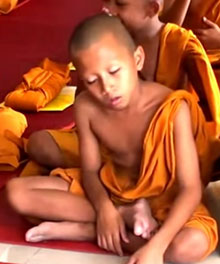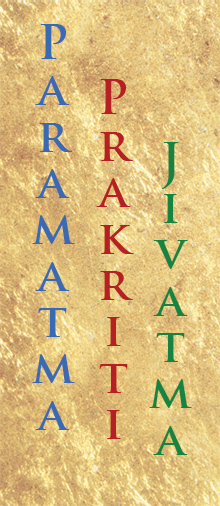 To an Indian Christian friend who asked about experiencing blankness and spontaneous bodily movements in meditation.
To an Indian Christian friend who asked about experiencing blankness and spontaneous bodily movements in meditation.
I am very happy that you are meditating regularly. This is so very important. It is also good that you are meditating longer.
Sleepiness
It does happen sometimes that the meditator gets into a kind of blank or tamasic state in meditation, and may even pass into dreamless sleep without realizing it. This is because the mind is used to going into the sleep state when the mind becomes still and relaxed. In time this problem goes away. But be sure you are getting enough sleep at night.
How to deal with bodily movements
Bodily movements and tremors do occur to some yogis in the beginning. When it happens, stand up for a few moments and then sit back down. Sometimes these things occur because the meditator has habitually been living with some muscles tensed, and now they are beginning to relax and cause such movements. It is good to take a deep breath and let out all tension occasionally. It is important to not let such movements take over, but stop them immediately. There are so many sources for these problems that it is impossible to determine them.
There are many people who sway back and forth or side to side and claim subtle pranic forces are causing this. Really it is their restless minds seeking some distraction and activity. (I am not saying this is your situation, but it is good to know, especially if in the future you meet such people.)
The yogi must always be in charge of body and mind. That is easier said than done, but can be done.









